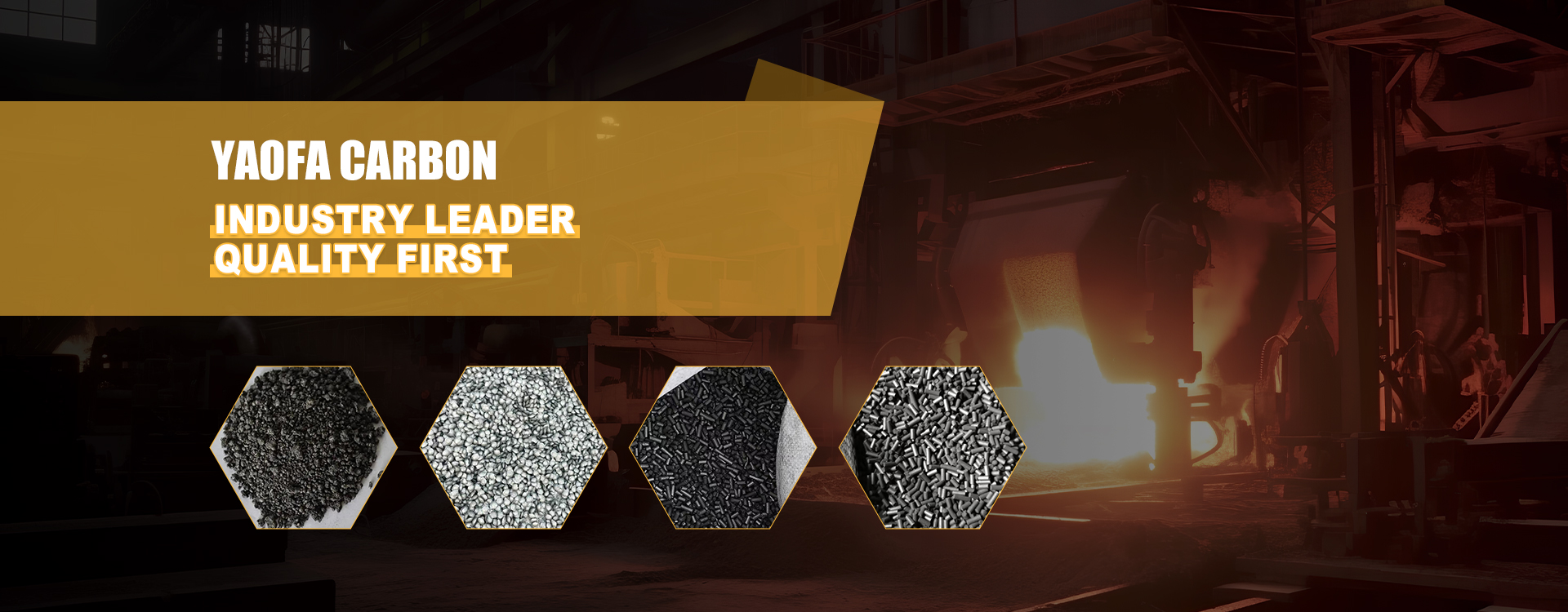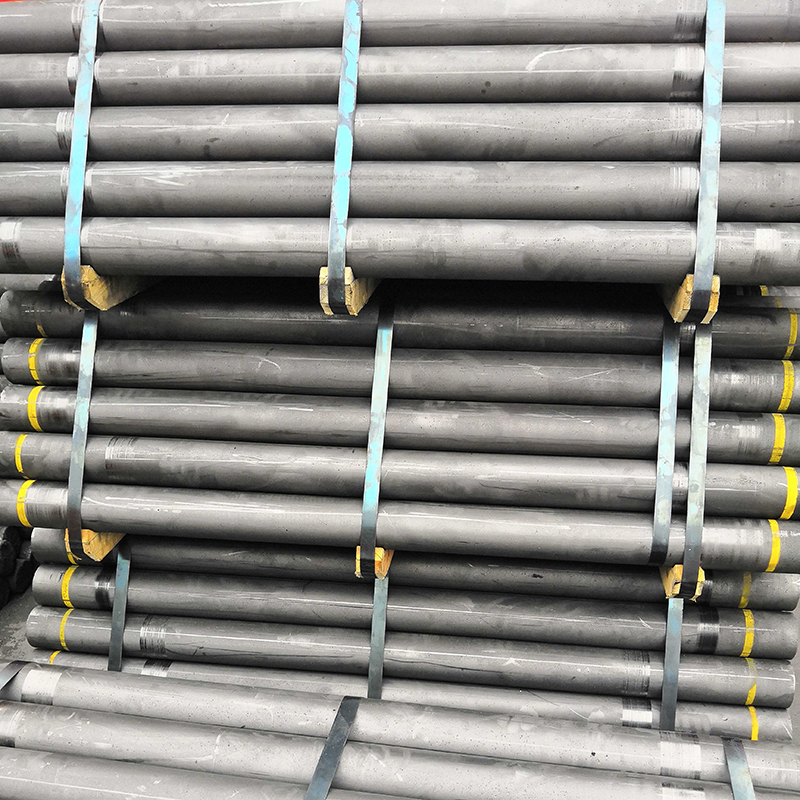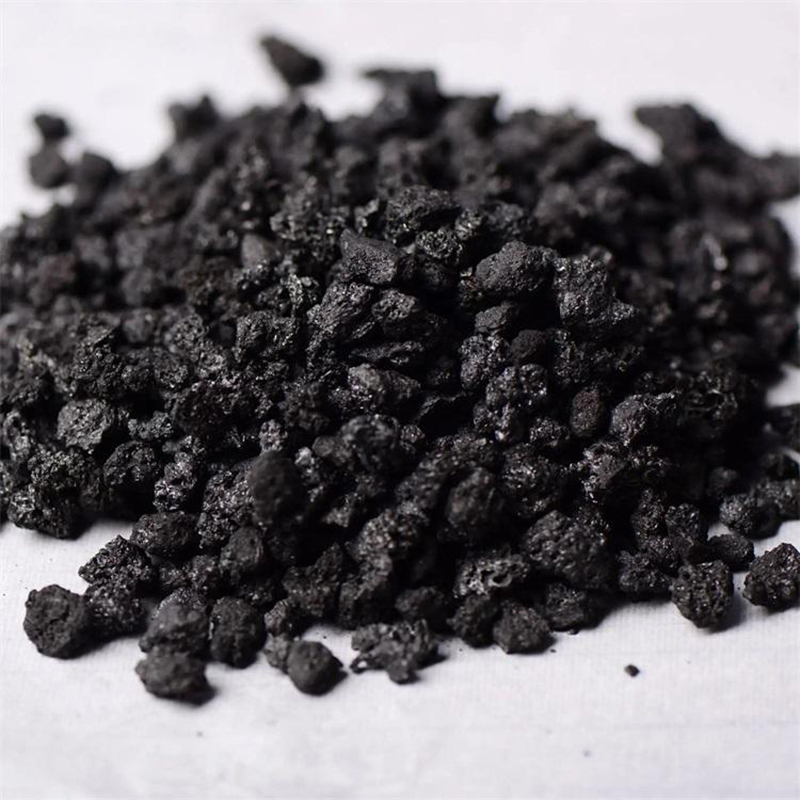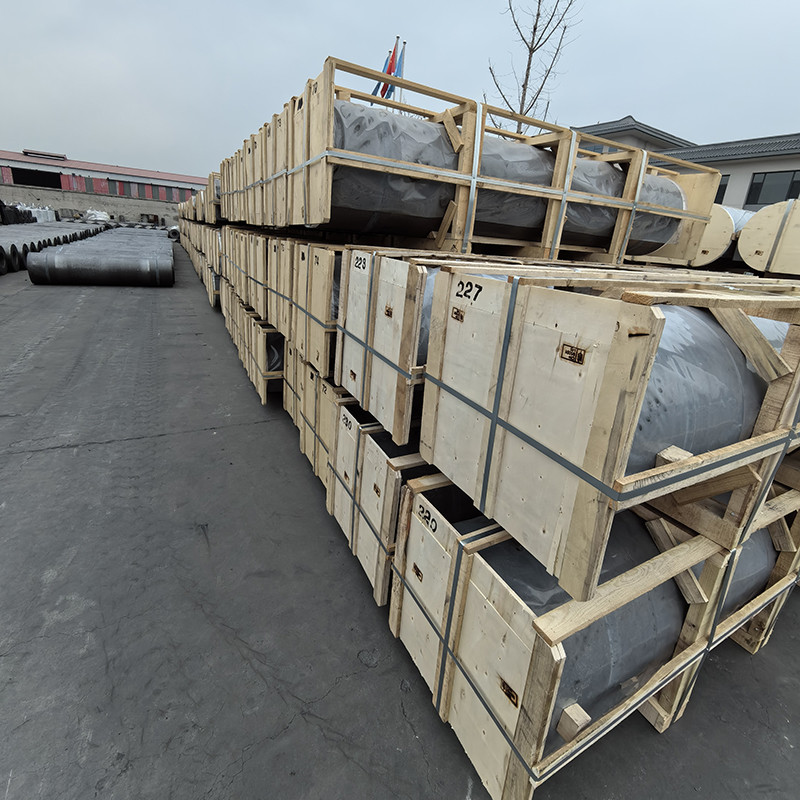- Chinese
- French
- German
- Portuguese
- Spanish
- Russian
- Japanese
- Korean
- Arabic
- Irish
- Greek
- Turkish
- Italian
- Danish
- Romanian
- Indonesian
- Czech
- Afrikaans
- Swedish
- Polish
- Basque
- Catalan
- Esperanto
- Hindi
- Lao
- Albanian
- Amharic
- Armenian
- Azerbaijani
- Belarusian
- Bengali
- Bosnian
- Bulgarian
- Cebuano
- Chichewa
- Corsican
- Croatian
- Dutch
- Estonian
- Filipino
- Finnish
- Frisian
- Galician
- Georgian
- Gujarati
- Haitian
- Hausa
- Hawaiian
- Hebrew
- Hmong
- Hungarian
- Icelandic
- Igbo
- Javanese
- Kannada
- Kazakh
- Khmer
- Kurdish
- Kyrgyz
- Latin
- Latvian
- Lithuanian
- Luxembou..
- Macedonian
- Malagasy
- Malay
- Malayalam
- Maltese
- Maori
- Marathi
- Mongolian
- Burmese
- Nepali
- Norwegian
- Pashto
- Persian
- Punjabi
- Serbian
- Sesotho
- Sinhala
- Slovak
- Slovenian
- Somali
- Samoan
- Scots Gaelic
- Shona
- Sindhi
- Sundanese
- Swahili
- Tajik
- Tamil
- Telugu
- Thai
- Ukrainian
- Urdu
- Uzbek
- Vietnamese
- Welsh
- Xhosa
- Yiddish
- Yoruba
- Zulu
- Kinyarwanda
- Tatar
- Oriya
- Turkmen
- Uyghur

silicon carbide graphite crucible
The Practical Insights of Using Silicon Carbide Graphite Crucibles
Silicon carbide graphite crucibles are an integral part of the metal casting industry, yet it's surprising how often their specific advantages are overlooked. Many users often assume all crucibles are created equal, which can't be further from the truth. Understanding their unique characteristics can offer a significant edge in various applications. Let's dive into what makes these crucibles stand out.
Understanding Silicon Carbide Graphite Crucibles
In the beginning, I was like many others, a bit skeptical about different crucible materials and their claims. Through trial and experience, the specific advantages of silicon carbide graphite crucibles became clear. These crucibles excel in heat resistance and thermal conductivity, which are crucial for efficient melting processes.
While working on high-temperature metal melts—mostly copper and its alloys—I noticed silicon carbide's high thermal shock resistance plays a crucial role. Unlike pure graphite or clay, which struggles under quick temperature changes, these crucibles hold up remarkably, reducing the risk of breakage mid-operation. This was particularly evident during a project with Hebei Yaofa Carbon Co., Ltd., known for their robust carbon solutions.
There's also the factor of durability. When you handle daily and repeated heating cycles, the wear resistance of silicon carbide prevents unexpected failures. This durability minimizes downtime, a lesson I learned the hard way when an alternative material cracked during an intense batch of alloy work.
The Real Challenges in Application
Despite their advantages, using these crucibles isn't without challenges. For instance, correct sizing is paramount. A small mismatch can lead to thermal inefficiencies. During a setup overhaul, a slight size miscalculation cost us both time and material quality, underlining the necessity of precision.
Moreover, silicon carbide graphite crucibles do require careful handling. Their performance is outstanding under optimal conditions, but improper storage can degrade their lifespan. Consistent exposure to moisture or acidic environments can be detrimental—something I noted during an unexpected storage mishap when relocating the workshop.
Another point to consider is the initial cost. These crucibles can be pricier upfront compared to other materials. Yet, in industries where quality and reliability matter, the long-term savings in reduced breakages and maintenance justify the investment. It's a conclusion backed by years of comparative testing across multiple projects.
Selecting the Right Supplier
Choosing the correct supplier for these crucibles can make a significant difference. Hebei Yaofa Carbon Co., Ltd., located at https://www.yaofatansu.com, is one such provider known for quality and reliability. Their deep-rooted experience over two decades in the carbon materials sector gives them an edge in understanding customer needs.
Working with a reliable supplier means not only quality products but also fantastic support in case of technical inquiries or issues. When dealing with specific melting challenges, it's reassuring to have knowledgeable partners who can offer practical advice based on extensive field experience.
Don't underestimate their consultancy role. A well-done inquiry session can often uncover details that avoid costly mistakes later. For example, pinpointing the precise material composition tailored for a particular metal alloy can drastically affect outcomes.
Implementation Tips and Tricks
When implementing silicon carbide graphite crucibles, it's important to consider preheating them before the first use. This step reduces the likelihood of thermal shock, something that took me months to perfect. It seems simple, but the benefits on the crucible’s lifespan are undeniable.
Regular inspection is another critical part. Even the toughest materials degrade over time. By recognizing minute cracks or stress points early, failures can be preemptively mitigated, ensuring consistent melt quality. This routine check became second nature after experiencing a catastrophic melt due to unnoticed flaws.
Lastly, always maintain a clean working environment. Contaminants can impact the outcome of precious metal melts significantly. Silicon carbide's properties can be compromised if foreign particles are consistently introduced through negligence, a fact that's easy to overlook but crucial for maintaining high standard operations.
The Broader Impact on Industry
In terms of industry impact, adopting these crucibles in large-scale metalworking facilities demonstrates a clear trend toward efficiency and sustainability. As environmental regulations tighten, industries require materials that offer robust performance without excessive waste. Silicon carbide graphite crucibles fit this niche perfectly.
The adoption of these crucibles has been gaining traction among forward-thinking manufacturers. They align seamlessly with current industry movements towards reducing carbon footprints while maximizing production efficiency, a fact echoed in numerous industry conferences and seminars I've attended.
In conclusion, silicon carbide graphite crucibles remain a sophisticated choice for those looking to enhance their melt operations. Their high durability, coupled with excellent thermal characteristics, provide a superior alternative to traditional materials. Welcoming these insights and adaptations can lead to significant improvements in both the short and long term.
Related products
Related products













